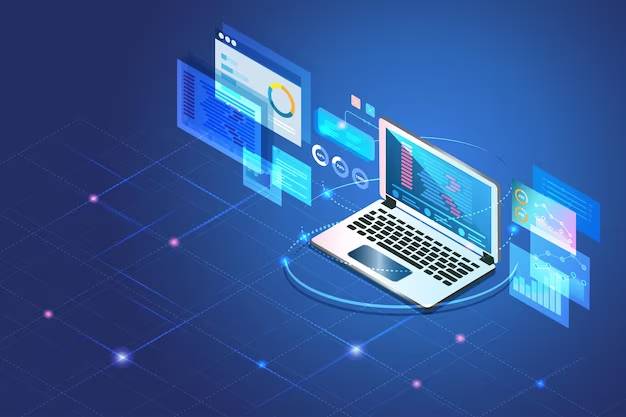Programming devices and software are integral components in the world of technology, enabling the creation, execution, and management of various applications, systems, and digital solutions. These tools serve as the backbone for developers, engineers, and enthusiasts to innovate, design, and build a wide array of software products across different platforms and devices.
Programming Devices:
Computers and Laptops:
Traditional computers and laptops remain the primary devices
for programming. They offer a wide range of operating systems (OS) like
Windows, macOS, and Linux, providing developers with diverse environments to
code in.
Mobile Devices:
With the rise of mobile computing, smartphones and tablets
have become programming platforms. Developers use specialized Integrated
Development Environments (IDEs) or code editors on these devices for creating
mobile applications.
Microcontrollers and Development Boards:
Devices like Arduino, Raspberry Pi, and other
microcontroller-based platforms are used for embedded systems development. They
provide a hands-on experience for programming hardware and interfacing it with
various sensors and actuators.
Cloud-Based Development Environments:
Online platforms like AWS Cloud9, Google Colab, and GitHub
Codespaces offer remote development environments accessible via web browsers.
These platforms facilitate collaborative coding, enabling multiple developers
to work on the same project simultaneously.
Programming Software:
Integrated Development Environments (IDEs):
IDEs like Visual Studio, IntelliJ IDEA, Eclipse, and PyCharm
provide comprehensive environments with code editors, debuggers, compilers, and
other tools in a unified interface. They support multiple programming languages
and offer features like syntax highlighting, auto-completion, and version
control.
Text Editors:
Text editors like Sublime Text, Atom, VS Code, and Vim are
lightweight tools for writing and editing code. They often support numerous
programming languages through extensions and plugins, providing flexibility to
developers.
Compilers and Interpreters:
Compilers (e.g., GCC, Clang) translate high-level code into
machine-readable instructions, while interpreters (e.g., Python interpreter)
execute code directly without prior compilation. They are essential for
converting code into executable programs.
Version Control Systems (VCS):
VCS like Git, Mercurial, and SVN help track changes in
codebases, enabling collaboration among developers. They maintain a history of
modifications, facilitate branching, merging, and ensure code integrity across
distributed teams.
Debugging Tools:
Debuggers like GDB, WinDbg, and Xcode debugger assist in
identifying and resolving errors in code. They allow developers to step through
code, set breakpoints, and inspect variables during program execution.
Package Managers:
Package managers such as npm (Node Package Manager), pip
(Python), and Maven (Java) streamline the process of installing, updating, and
managing libraries and dependencies required for a project.
Testing Frameworks:
Testing frameworks like JUnit, Pytest, and Jasmine help
automate testing procedures, ensuring code reliability and functionality
through unit tests, integration tests, and other methodologies.
Deployment Tools:
Tools like Docker, Kubernetes, and Jenkins aid in deploying
applications to various environments efficiently. They automate build
processes, manage containers, and ensure seamless deployment of software
products.
Choosing the Right Tools:
Selecting the appropriate programming devices and software
depends on various factors like the nature of the project, programming language
preference, team collaboration needs, and scalability requirements. Developers
often consider factors such as ease of use, community support, compatibility,
performance, and specific features when choosing these tools.
Future Trends:
As technology evolves, programming devices and software
continue to advance. Trends like low-code/no-code platforms, quantum computing,
AI-assisted development, and edge computing are shaping the future of
programming. These trends aim to simplify development processes, enhance
computational power, and optimize software creation for diverse use cases.
In conclusion, programming devices and software form the
foundation of software development, offering a wide range of tools and
environments for developers to create innovative solutions across various
domains.

Comments
Post a Comment